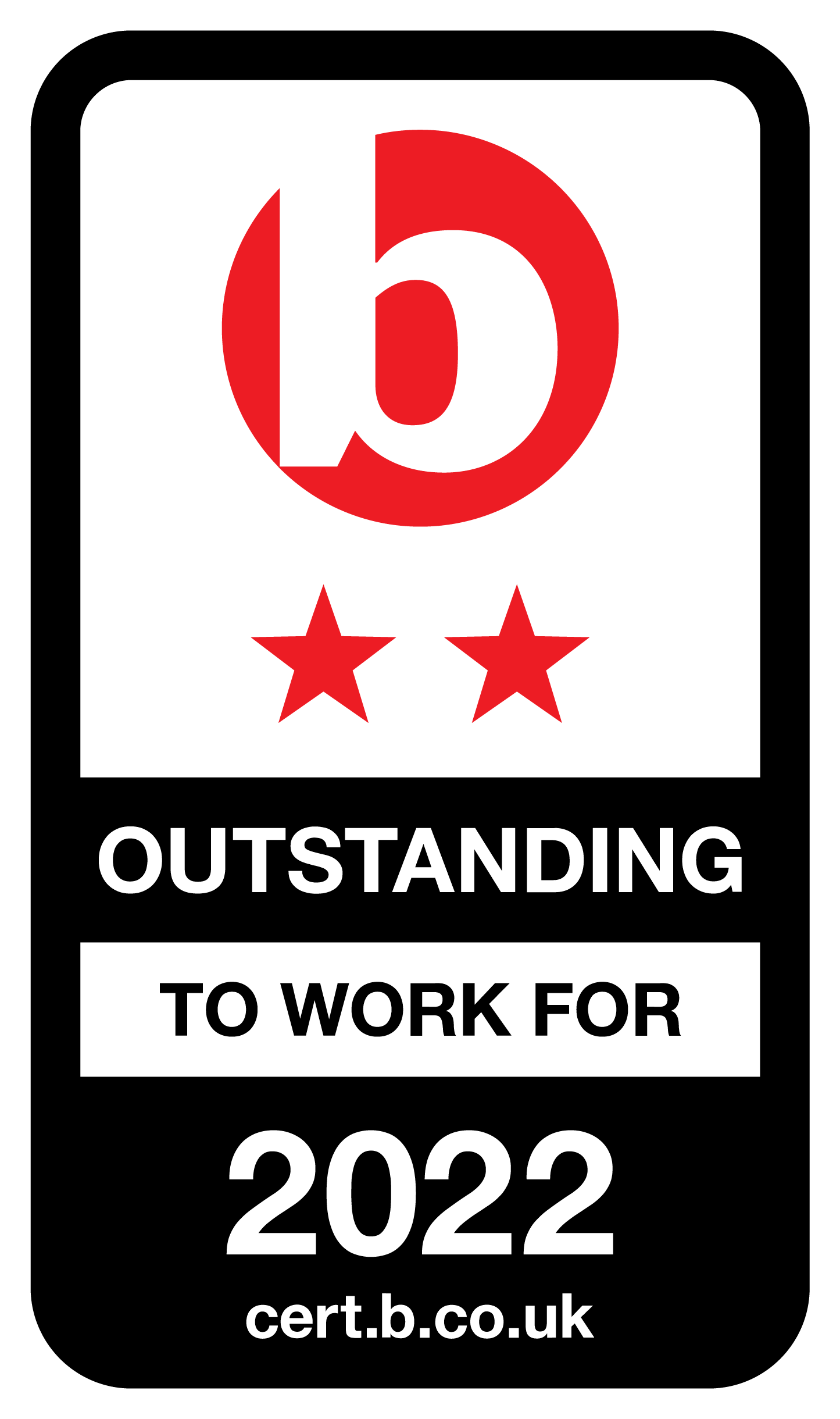
Budget 2020: New dawn for Entrepreneurs’ Relief
For a disposal on or after 11 March 2020, Rishi Sunak’s Budget Announcement has significantly reduced the worth of Entrepreneurs’ Relief (‘ER’).
Our accreditations
Entrepreneurs’ Relief – Take care of over dilution
Prior to the 2018 budget, if an individual’s shareholding was diluted due to an issue of new shares by the company on the same day that individual disposed of their shares, this could be ignored when considering whether the Entrepreneurs’ Relief (ER) conditions were met.
Our accreditations
EIS & SEIS – The benefits still stack up!
The Seed Enterprise Investment Scheme (“SEIS”) and Enterprise Investment Scheme (“EIS”) offer attractive investment opportunities for individual investors which in turn allow young entrepreneurial UK companies to raise funding to facilitate growth and expansion plans.
Through SEIS and EIS investment small start-up or growth companies can attract funding subject to certain limits and qualifying conditions. Investors can benefit from a range of valuable tax reliefs including Income Tax relief on acquisition and exemptions and deferrals of Capital Gains Tax.
Typically, a start-up company can issue up to £150,000 of shares which assuming it meets HM Revenue & Customs (“HMRC”) strict qualifying conditions will be SEIS qualifying. The most important being that it is less than two years since the company has made its first commercial sale of the new trade. To encourage investment, the investor will receive Income Tax relief of 50% of their investment value as well as Capital Gains Tax relief on gains arising in the same tax year of investment.
When the company is of a certain age or size, or has already issued the maximum £150,000 of SEIS shares, it can choose to issue EIS shares. No further SEIS shares can be issued after any EIS shares, therefore careful consideration around the timing of investment is required. Again, the company must meet various conditions to be EIS qualifying. A qualifying company can issue up to £5 million of EIS shares annually, up to a lifetime limit of £12 million. The timeframe for EIS investment increases to 7 years from the date of first commercial sale. In return, the investor will receive Income Tax relief of 30% of their investment value and a Capital Gains Tax deferral is available for certain gains.
In addition to the relief on investment, assuming the investor still holds the shares and the company continues to be SEIS and/or EIS qualifying up until the third anniversary of investment, no Capital Gains Tax will be payable on the disposal of the SEIS or EIS shares.
Therefore, it’s not difficult to see why investors are attracted to a business which qualifies for such generous tax reliefs. However, within the SEIS and EIS rules there exists numerous complex conditions which both the company and the investor must satisfy in order to attract the initial tax reliefs and these must be maintained during a specified qualifying period.
Recognising this complexity, HM Revenue & Customs (HMRC) offer an ‘Advance Assurance’ process which provides HMRC’s confirmation that the company meets the SEIS and/or EIS eligibility criteria. Although an optional process, it is something which companies seeking investment usually undertake to demonstrate to investors that the valuable tax reliefs will be available and therefore attract investment.
However, HMRC have altered their Advance Assurance policy adding unwelcome complexity and now refuse to consider what they deem ‘speculative applications’. This means that more detailed information, about the business and the investors, must now be disclosed during the application process.
Of course, these changes do not detract from the fact that both SEIS and EIS remain attractive for UK investors. There are also valuable planning opportunities whereby a new start up company can be established allowing all founder shareholders the opportunity to make their investment in the new start up via SEIS. Therefore, although the added complexities of gaining assurance of qualifying status is likely to make it increasingly difficult for some UK companies to gain traction with some serial EIS investors, it can still be a very worthwhile process.
If you have any queries please do not hesitate to contact us.
Our accreditations
EIS & SEIS – The tax reliefs get tougher!
The Seed Enterprise Investment Scheme (SEIS) and Enterprise Investment Scheme (EIS) offer attractive investment opportunities for individual investors which in turn allow young entrepreneurial UK companies to raise funding to facilitate growth and expansion plans. However, the generous tax reliefs which make SEIS & EIS opportunities attractive for investors have recently become a lot more complicated to secure!
Our accreditations
Selling your company – Entrepreneurs’ Relief traps for the unwary!
The disposal of a business should always be driven by the commercial objectives of the buyer and the seller and tax planning should not distract from this. However, ensuring an exit is implemented in the most tax efficient manner can help bridge any commercial disparities between the two parties. Often tax planning structures require to be put in place prior to a disposal but, without a crystal ball, it is difficult to predict when an exit opportunity will arise. However, reviewing the existing company structure and shareholding profile should be considered to increase tax efficiencies prior to selling an entrepreneurial company.
Our accreditations
Will Size Matter to the Entrepreneur?
In order to continue to promote enterprise and encourage growth HMRC have recently published a consultation to allow individuals to retain their Entrepreneurs’ Relief (“ER”) entitlement where certain qualifying conditions are no longer met.
Our accreditations





